1. Saying Grace Out Loud
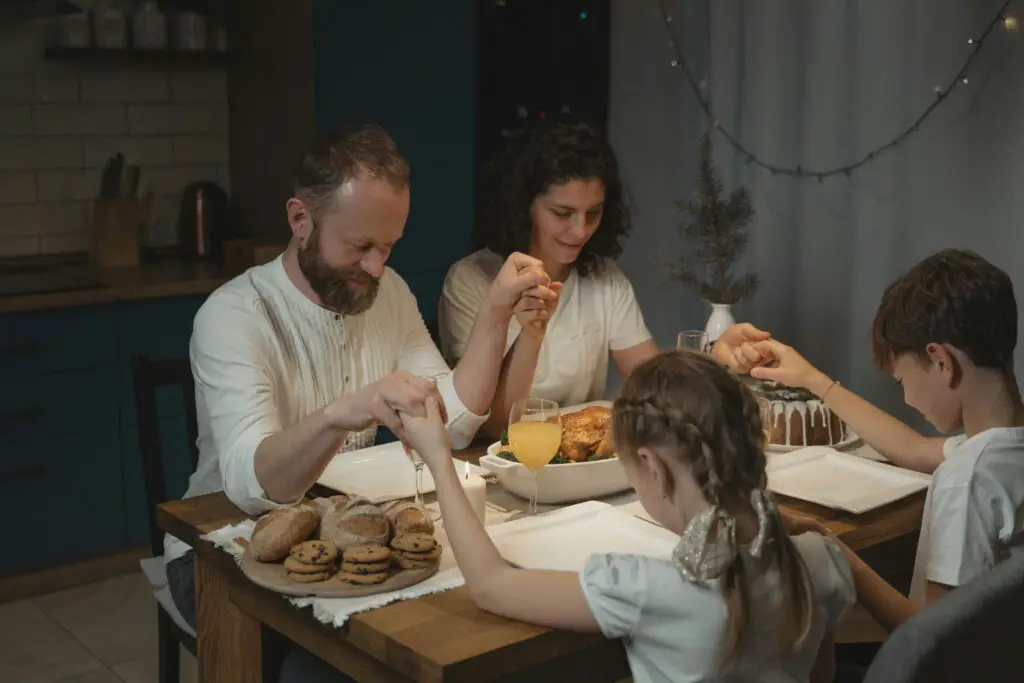
Before meals turned into quick bites in front of the TV, it was common for families to hold hands around the table and say grace. It didn’t matter if the prayer was long, short, rehearsed, or spontaneous—it was a moment to pause and feel grateful. For many, this daily ritual wasn’t just about religion; it was a grounding practice that centered the room and reminded everyone what truly mattered. Kids might roll their eyes, but even they knew it meant the food was made with love and eaten with purpose shares Southern Living.
Some families even took turns each night, with every person sharing something they were thankful for. It was a simple way to make everyone feel included and heard. Saying grace also served as a cue that the hustle of the day was over and family time had officially begun. Today, it’s rare to see people do this outside of the holidays, but the warmth it brought is hard to forget adds Newsweek.
2. Washing Hands at a Communal Basin
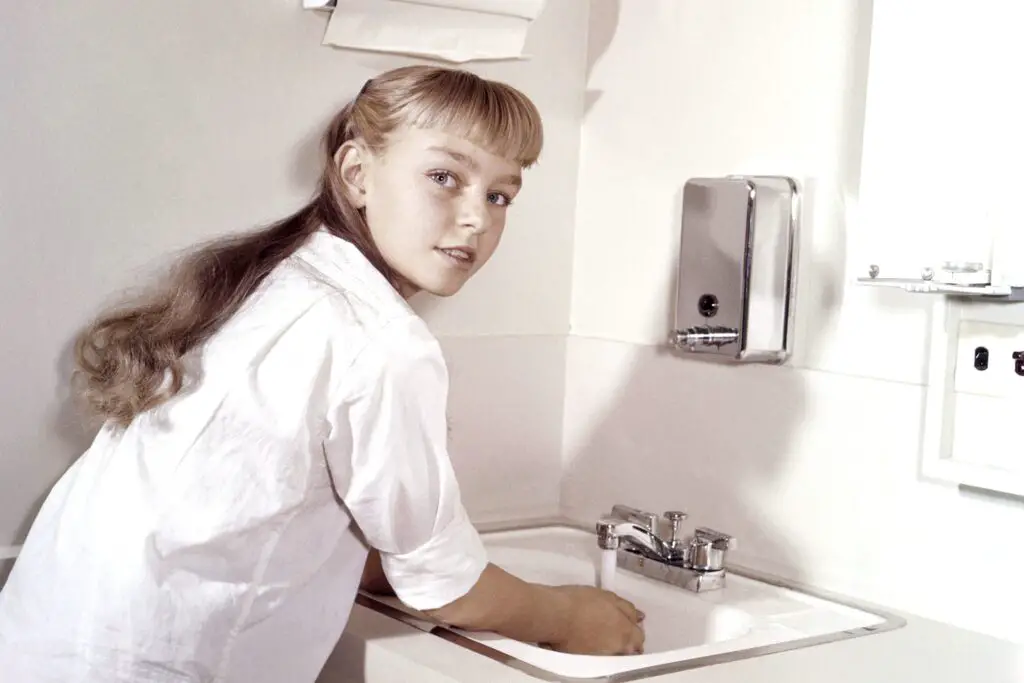
Long before hand sanitizer pumps and fancy kitchen sinks, households often had a wash basin or pitcher of water outside the dining room. Everyone would gather to wash their hands, and it wasn’t just about hygiene—it was a ritual that signaled a shift from chores or work to mealtime. The act of rinsing off the day was symbolic, like pressing pause on everything else happening in life says Reddit.
In some homes, especially in rural areas, this moment doubled as a time to catch up, laugh, or even sneak in a splash war between siblings. Some cultures still do this today, and it’s treated with a kind of reverence. There’s something almost sacred about preparing yourself to break bread with others. It gave mealtime a sense of occasion, instead of just being another task squeezed into the day.
3. Setting the Table as a Family
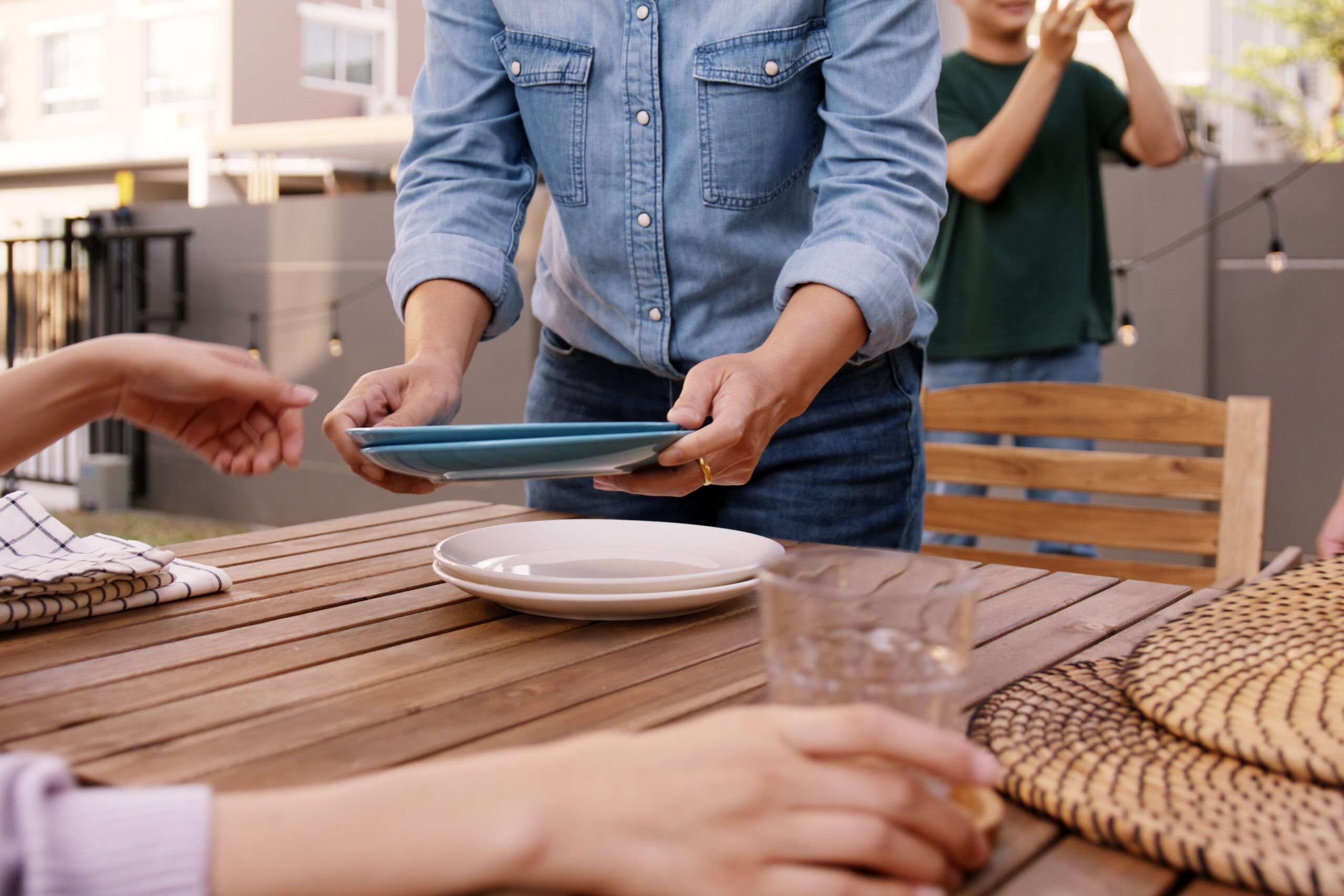
Setting the table used to be a job everyone shared, and it wasn’t about perfection—it was about togetherness. One person grabbed the silverware, another lit the candles, and someone else folded napkins in silly shapes just to get a laugh. Even little kids had a role, maybe putting down name cards or pouring water into glasses with way too much pride explains Substack.
It was a time to connect before the first bite ever happened. Parents could peek at their kids’ moods or swap quick stories about their day while arranging dishes. The clatter of plates and the soft rhythm of forks hitting placemats made everything feel cozy and welcoming. Nowadays, takeout containers and paper towels have taken over, but the magic of a table set with care still lingers in memory.
4. Serving Elders First

There was a time when no one touched their plate until grandma or grandpa had theirs filled. It wasn’t written in any rulebook, but it was one of those unspoken traditions that taught respect from an early age. Serving elders first wasn’t about making them feel old—it was about honoring the wisdom and hard work they brought to the table.
It made meals feel like a celebration of family legacy. Kids would watch carefully, learning how to portion out the best bits for their elders before grabbing their own. It was a small but powerful way of saying, “You matter.” Today, it’s rare to see this outside of special occasions, but it was once an everyday habit filled with meaning.
5. Lighting a Candle for Peace

Many families had a special candle they lit at dinnertime—not for ambiance, but to set an intention. Some called it the peace candle, and it was a reminder to leave arguments at the door and come together in harmony. Lighting it was often a kid’s job, and the moment the match struck, the room would soften somehow.
It turned the meal into something sacred, even if it was just Tuesday’s meatloaf. Some people whispered quiet wishes as the flame flickered, or paused in silence for a breath before digging in. The candle was like a lighthouse—guiding everyone back to each other after a long day apart. It’s a tradition that’s largely faded, but the quiet power of that single flame sticks with those who remember it.
6. Offering the First Bite to a Guest
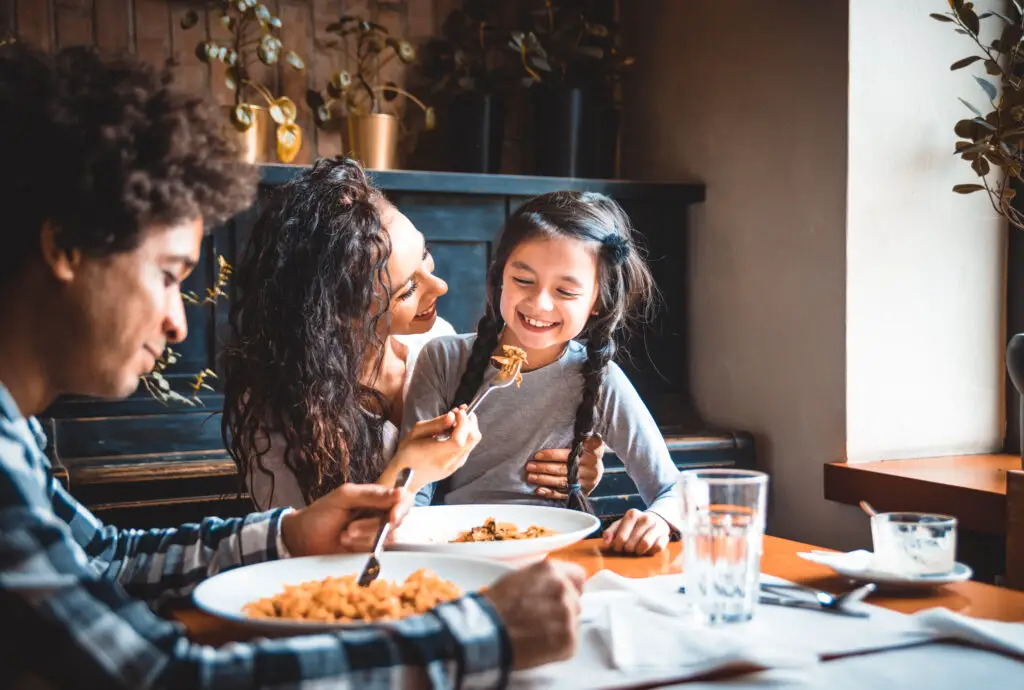
Hospitality used to be a cornerstone of mealtime, especially when someone new was at the table. A guest was often offered the first helping, or even asked to say a few words before eating began. It wasn’t performative—it was genuine, a way of saying “you’re one of us now.” In some cultures, offering the best cut of meat or the warmest roll was non-negotiable.
People didn’t just feed their guests—they honored them. Kids would beam with pride when they got to serve the visitor something from their own plate. It made mealtime feel special, and guests often left feeling like part of the family. That level of thoughtfulness isn’t as common now, but it made meals feel more like ceremonies than routines.
7. Announcing the Meal with a Bell

Back when homes were more spread out and families weren’t glued to their phones, a dinner bell did the calling. Someone, usually a kid with a flair for the dramatic, would run outside and ring the bell to signal it was time to eat. The sound meant everything was ready: food was hot, hands were clean, and conversation was about to start.
It was a ritual filled with joy and a bit of theatrics. The clang could echo across fields or down hallways, and it never failed to gather people. Even if you were mid-task, you stopped and headed toward the sound. That bell marked a moment of togetherness in an otherwise scattered day.
8. Saying “Bon Appétit” or a Cultural Blessing
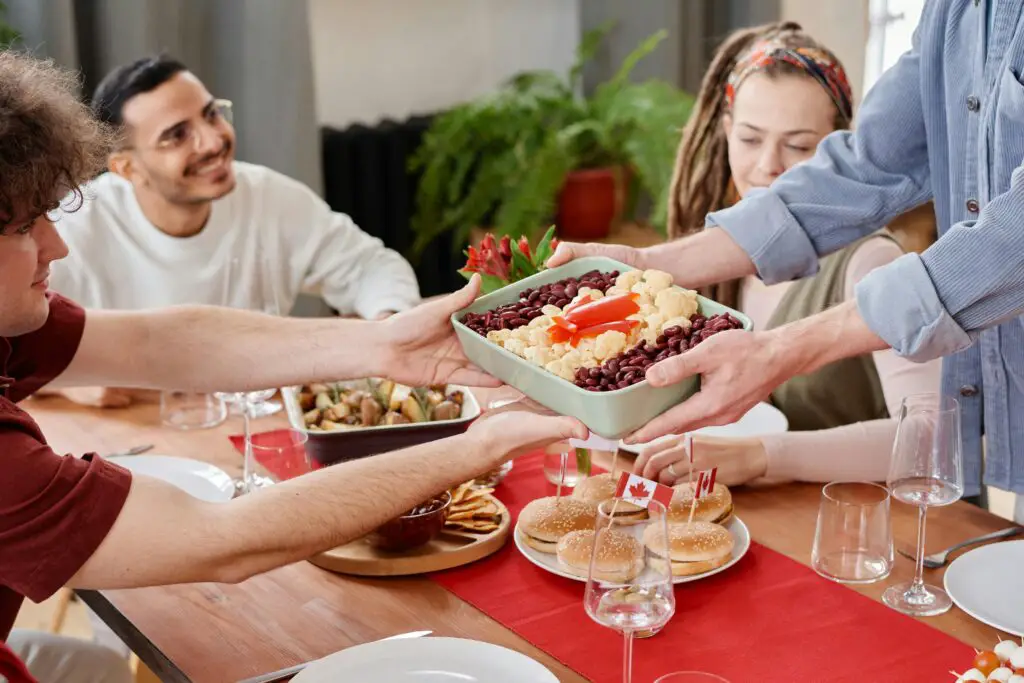
In many homes, especially those with strong cultural ties, mealtime began with a phrase like “bon appétit,” “itadakimasu,” or “bismillah.” These little sayings weren’t filler—they were full of meaning. They showed appreciation for the meal, the hands that prepared it, and the opportunity to eat together.
Kids learned early on that you didn’t start without it. Saying the phrase was like opening a door to connection, grounding everyone in a shared tradition. Over time, the words took on deeper layers of love and gratitude. Even if they were mumbled out of habit, they still carried weight.
9. Removing Hats at the Table
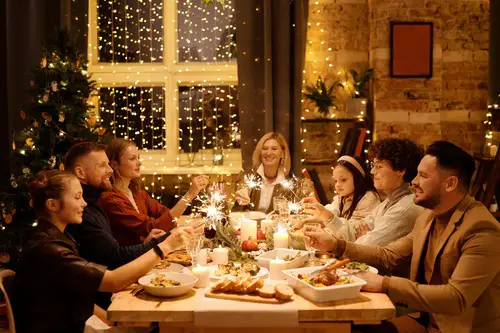
There was once a time when wearing a hat at the dinner table was a major faux pas. Whether it was a church hat, a baseball cap, or a fedora, off it came before the first bite. It wasn’t about fashion—it was a sign of respect, for both the meal and the people gathered.
Parents didn’t even have to say it after a while. Kids just knew: remove your hat, straighten your back, and act like the moment mattered. It added a sense of formality to even the simplest dinners. While it may seem old-fashioned now, it once signaled that mealtime was something worth honoring.
10. Waiting for Everyone to Be Seated

There was no “grab your plate and go” back then. Meals didn’t start until every single person had a seat, whether they were ready to eat or not. It didn’t matter if someone was running late or still scooping potatoes—everyone waited. It was about unity and patience, not efficiency.
This simple practice made the table feel whole. It turned mealtime into an event where everyone had a place, physically and emotionally. There was comfort in knowing someone noticed if you weren’t there yet. Today, we eat in shifts or on the go, but once, that full table meant everything.
11. Thanking the Cook
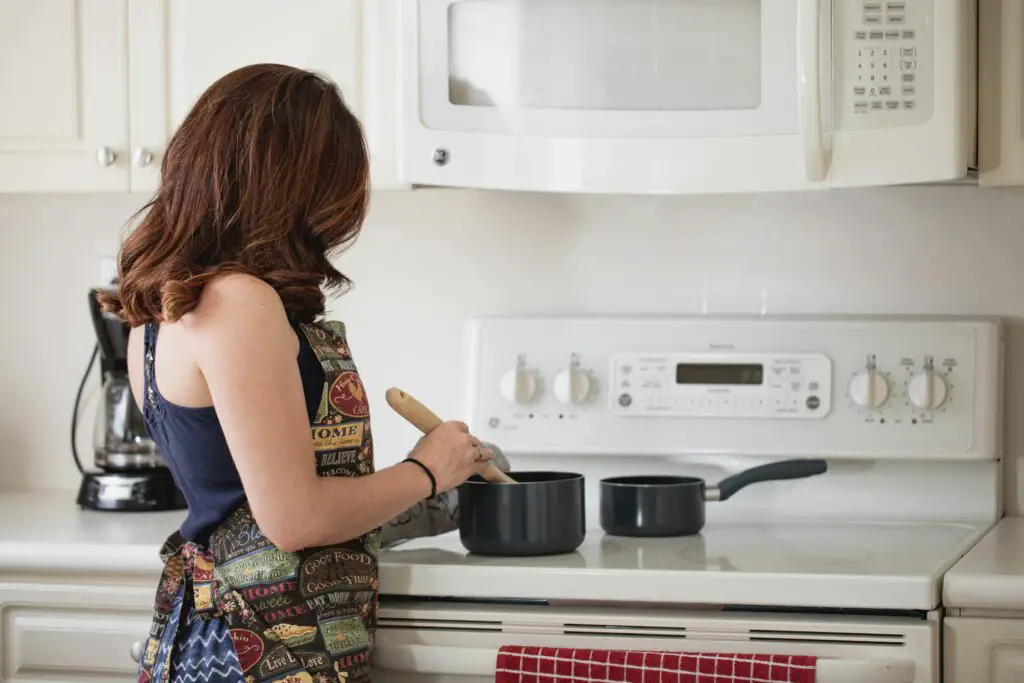
A sincere “thank you” to the person who made the meal used to be automatic. No one needed a reminder to show appreciation, even if the food wasn’t five-star quality. The cook, often a parent or grandparent, didn’t expect applause—they just wanted acknowledgment.
Sometimes kids would even help with dishes as a way to show thanks. It wasn’t about chores, it was about pitching in and saying, “I see how much you care.” That simple gratitude made meals taste better somehow. It turned food into more than sustenance—it became an act of love.
12. Sharing a Small Story First
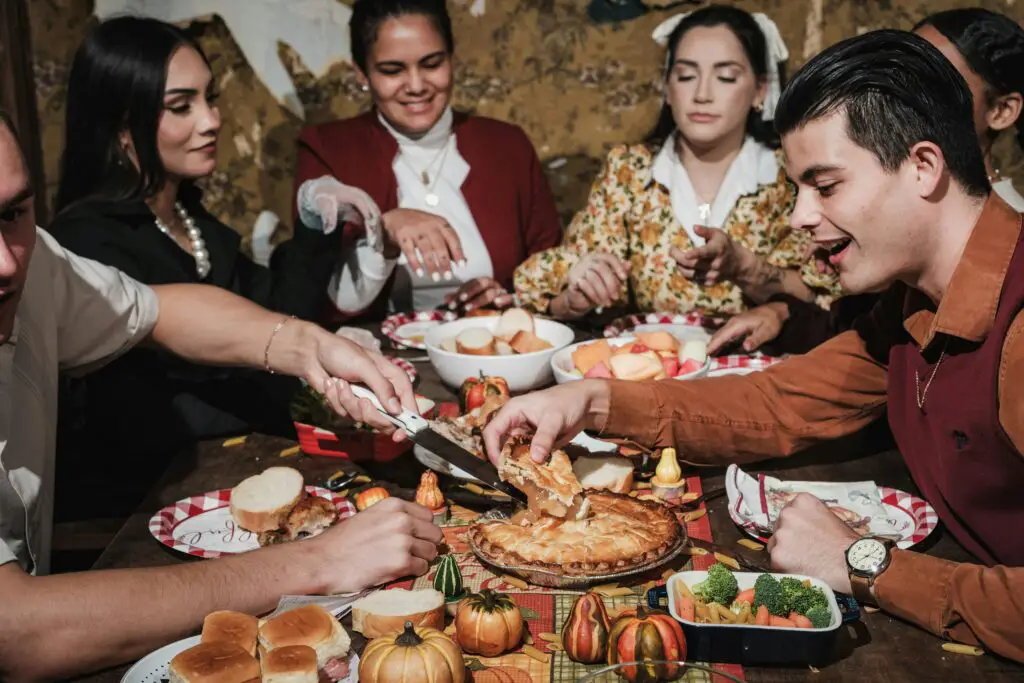
Before the food got cold, there was often a quick round of storytelling. It could be a funny school moment, a challenge at work, or something silly the dog did. These tiny updates reminded everyone that the table was a safe space to be heard.
It made dinner feel more human and less like a task. Sometimes, the stories ran long and the peas got cold—but no one minded. This habit helped families check in with each other in an easy, natural way. It created a rhythm of sharing that built stronger bonds, night after night.
13. Blessing the Farmers or Garden
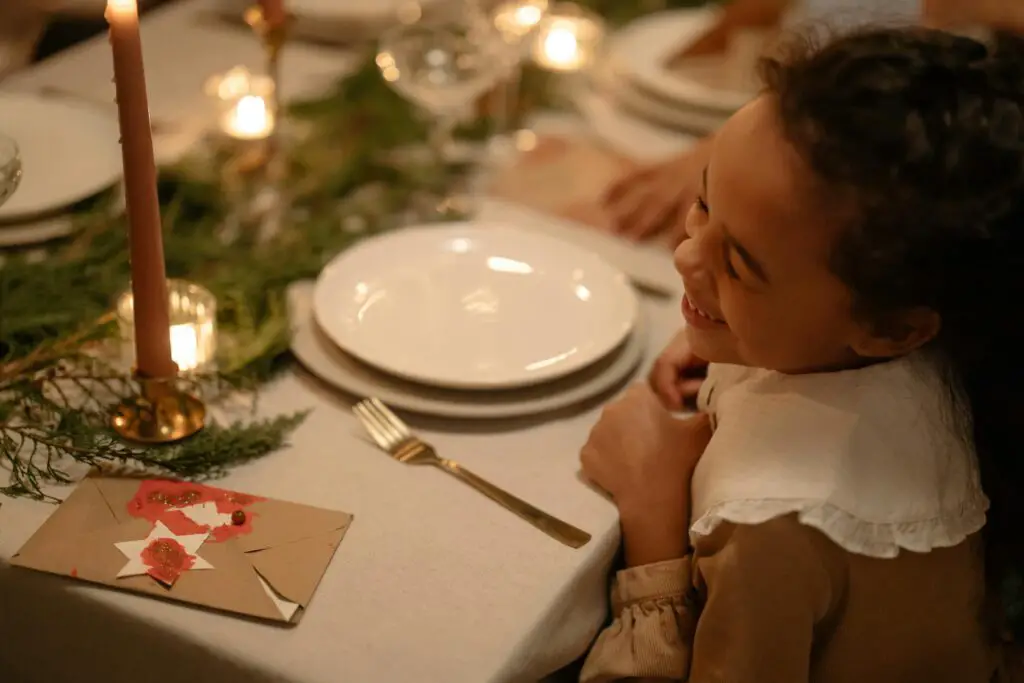
For families who lived close to the land—or just appreciated where their food came from—it was common to thank the farmers or bless the garden. It wasn’t always a formal prayer. Sometimes it was a simple, “Thanks to the folks who grew this,” or a nod to the backyard tomato plants.
This tradition made food feel connected to the earth, not just something bought at the store. Kids learned that their meal had a journey, and that journey deserved respect. It was a way of being mindful before mindfulness had a name. Even if the words were simple, the meaning ran deep.
